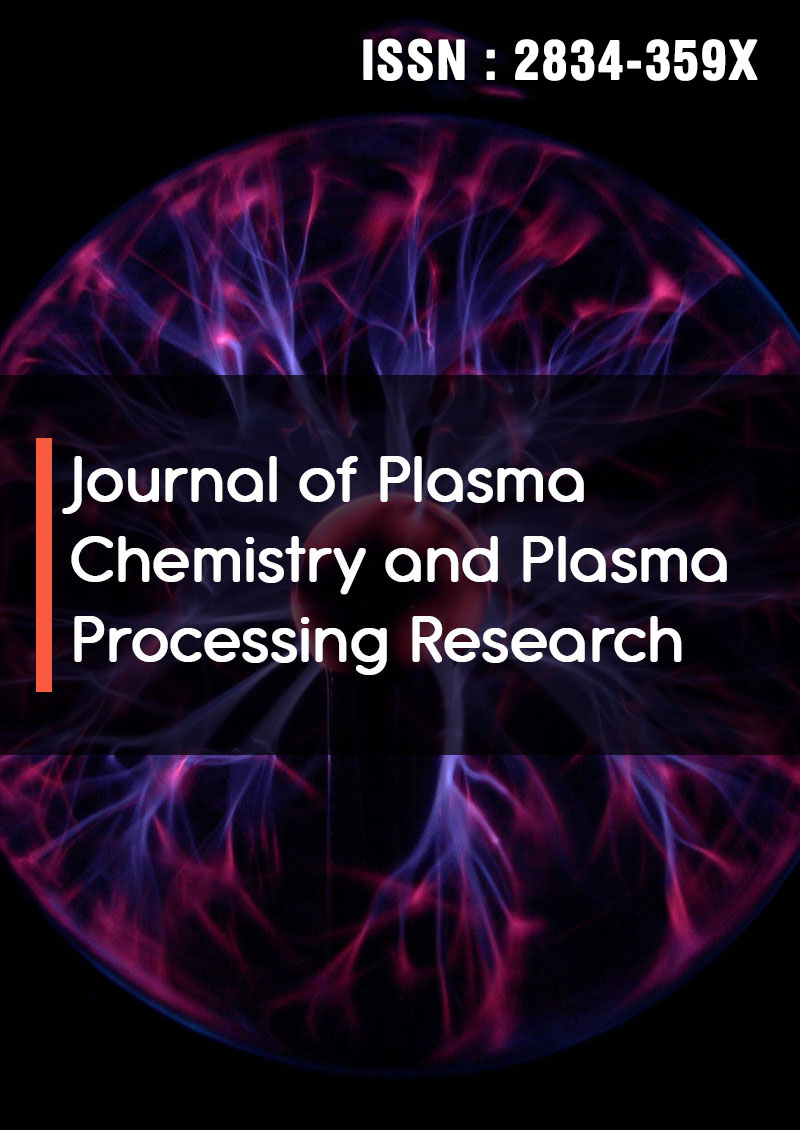Application of The Classical Soliton Theory to Study the Dynamics in Passive-Dispersed and Active-Relaxation Media During the Formation of a Twist in A Toroidal Plasma
Abstract
Sergey Belyakin, Alexander Stepanov
In this paper we consider the possibility of using analog models to study the behavior of the evolution and dynamics of toroidal vortex flows. The current model based on coupled van der Pol generators is used as the main one. In this robot, based on nonlinear dynamics display Bernoulli presented the evolution of the Torus. The use of analog models makes it possible to trace the dynamics of vortex flows. In General, the presented results allow us to confidently assert that both in the experiment and in the theoretical consideration we are dealing with the same object - a strange attractor of the Smale – Williams type in a non-Autonomous oscillatory system. The available data suggest that it is an attractor of hyperbolic type, although, strictly speaking, this statement needs mathematical proof. The appearance of an example of a physical system with a hyperbolic chaotic attractor is of fundamental importance for the further development of nonlinear dynamics and its applications. This is, in a sense, a "breakthrough into the hyperbolic realm." Based on the inherent property of coarseness of hyperbolic attractors, we can build other examples of systems with hyperbolic chaos. The presence of such physical systems opens up opportunities for the application of a deeply studied branch of mathematics – hyperbolic theory, and also translates into practice the problem of comparative study of hyperbolic and non-hyperbolic chaos in theory and experiment. This system can be used to study toroidal vortex processes.




